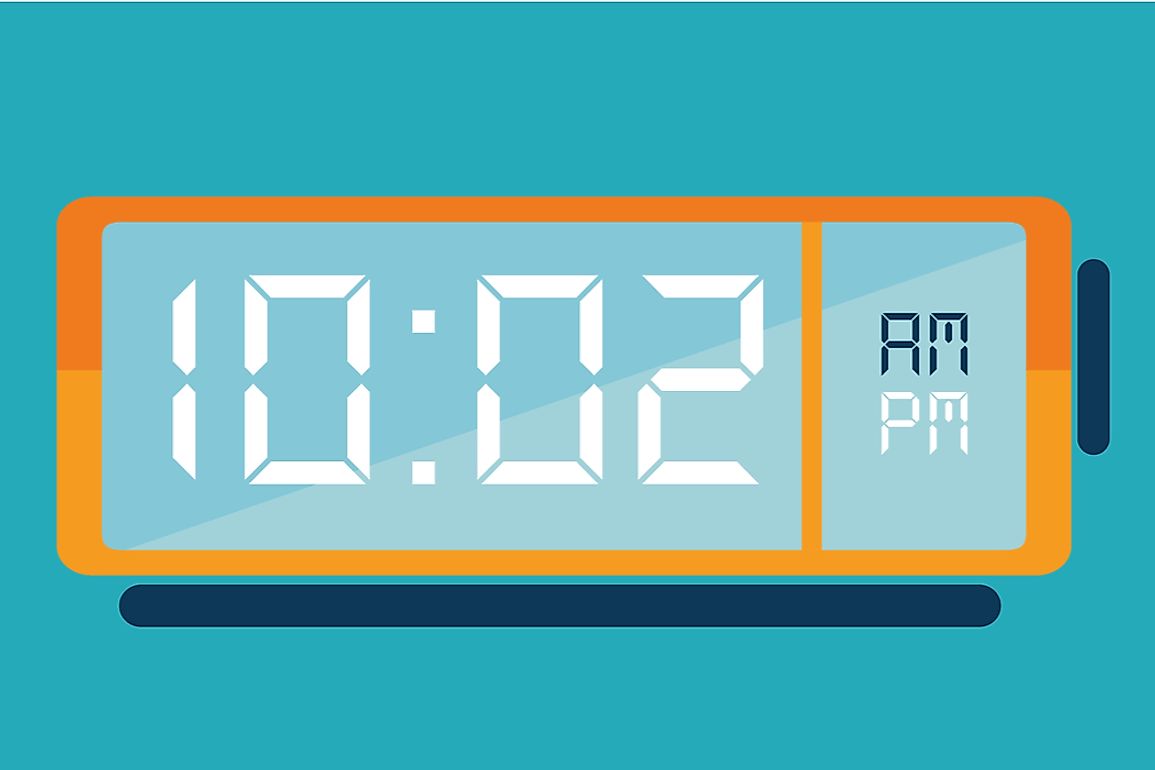What does AM and PM Mean?

The 12-hour system is a unique time principle which divides the twenty-four hours in a day into 2 phases, a.m. and p.m. The a.m. is derived from the Latin term ante-meridiem which refers to "before noon," while p.m. is derived from post meridiem which means "past midday". Both the two periods have twelve hours which are numbered from 0 to 11, with 0 acting like 12. Using the numeric 1 to 12 followed by either p.m. or a.m., the 12-hours clock can identify all the 24hours in a day. The 12-hours system developed over time from mid 2nd millennium BCE to the 16th century CE. The 3rd and lesser used abbreviation in ‘’m’’ derived from ‘’meridies’’ which means midday or noon. The abbreviation ‘’m’’ is rarely used, and if used in a statement it can confuse people.
The History of the 12-hour System
Initially, there were 2 periods, whereby one was trailed by the locations of the sun while the other period by the location of the moon. With time this evolved into the 12-hours system which started at midnight and ended at noon. The usage of the 12-hours system can be dated back to Ancient Egypt and Mesopotamia. Egyptian clocks dating back to 1500 BCE were discovered in Pharaoh Amenhotep’s tomb. Both a sundial for daytime usage and water clock which was used to tell time at night were found in the tomb. The Romans used a 12-hour clock for daytime while they divided their nights into four watches.
The 1st mechanical clock was built in the 14th century, and in Europe, the timers used the 12-hours system with the number written in Roman numerical. These watches used the double-XII system which showed both a.m. and the p.m. periods. The double-XII system can be seen in numerous surviving clock faces in Europe like the one at Exeter and Wells. During the 15th and 16th centuries, the 12-hours system gradually became standard throughout Northern Europe for public use and the 24-hour system was reserved for numerous specialized applications like chronometer and astronomical clocks.
Which Countries Use the A.M. and P.M. System?
In many countries, the 12-hours system is the dominant spoken and written time system, especially in countries which were part of the British Empire like India, the United States, the United Kingdom, Bangladesh, India, and Pakistan. Many other nations followed this system including Malaysia, Philippines, Egypt, and Mexico. Some countries use both the 24-hours system and the 12-hours system.
Noon and Midnight: PM or AM?
The most significant challenge with the 12-hours system is the confusion about the abbreviation to use when referring to midnight or noon since neither time can be identified as p.m. (afternoon) or a.m. (before noon). Most digital watches designate noon as 12.00pm midnight as 12.00 am, but the exact moment at noon is neither a.m. or p.m. since the hour after 12.00 is afternoon. Consequently, to avoid confusion, it is good to use the designations 12-midnight and 12-noon when writing. Another challenge with this system is the lack of a date-designator. Therefore it is impossible to logically identify the right instant in time when a date is given like 12 am on December 9, 2017. Does it refer to the midnight between December 8th and December 9th or is it the midnight between December 9th and December 10th?











